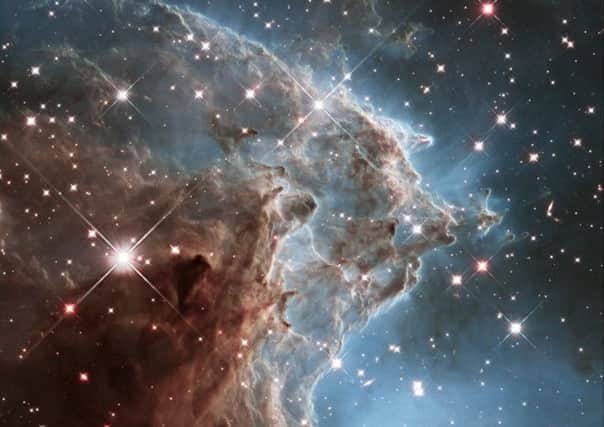Ripples from ‘Big Bang’ spotted by scientists


Ripples in the fabric of space, known as gravitational waves, were identified by a specially designed telescope sited at the South Pole. They were generated when the universe exploded into existence almost 14 billion years ago.
Scientists believe the cosmos expanded at an enormous rate – faster than the speed of light – in the first tiny fraction of a second after the Big Bang. The theory, called inflation, aims to explain why the universe today is so remarkably uniform.
Advertisement
Hide AdAdvertisement
Hide AdYesterday’s announcement from the Harvard-Smithsonian Center for Astrophysics in the United States provides the first direct evidence of inflation.
It also challenges scientists to grapple with a new mystery – no-one can yet explain how inflation happened.
The signal detected by the BICEP2 (Background Imaging of Cosmic Extragalactic Polarisation) telescope is much stronger than expected.
Team co-leader Dr Clem Pryke, from the University of Minnesota, said: “This has been like looking for a needle in a haystack, but instead we found a crowbar.” Rumours about the discovery had been rife in the world of astrophysics. To make sure they got it right, the scientists analysed their data for more than three years before making it public.
Dr Ed Daw, from the University of Sheffield, said: “Gravitational waves emitted at the time of the Big Bang can tell us how the universe came to exist. If these results prove correct, we will have new key information on the very early universe, information that is hard to get from any other source.” Gravitational waves were predicted in Albert Einstein’s General Theory of Relativity. Their potential sources include super-dense neutron stars and black holes, as well as the Big Bang. However, until now they have never been seen directly.